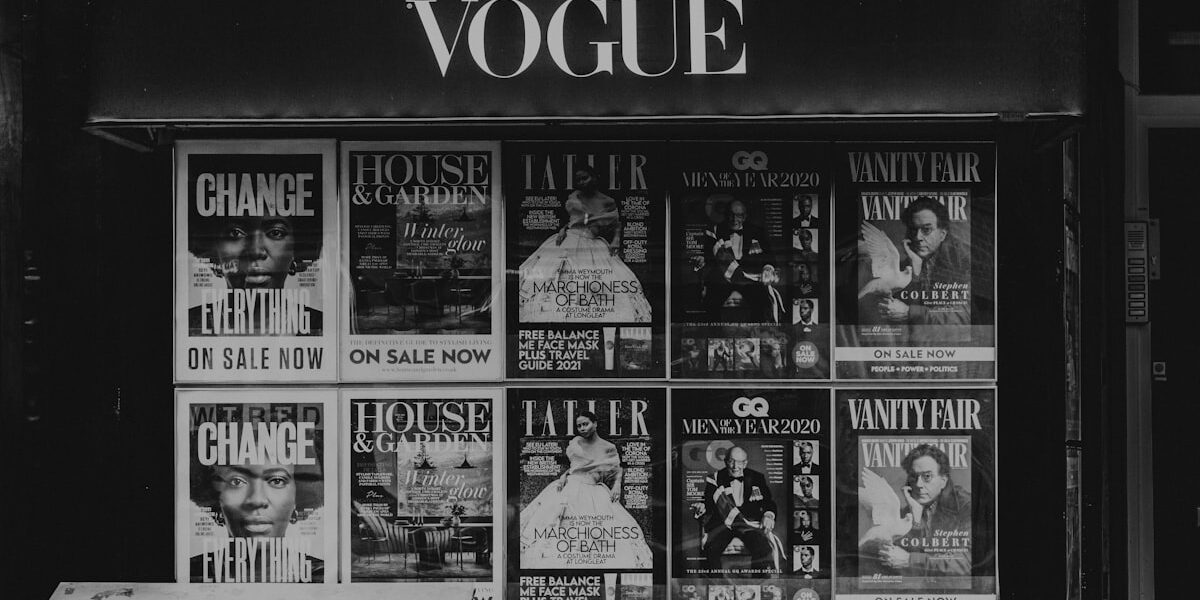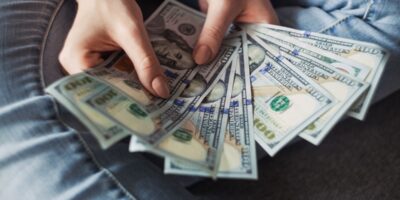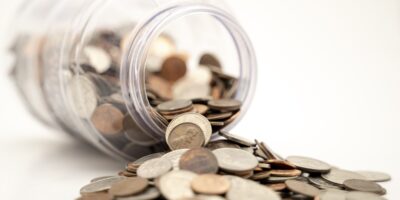The 1783 Washington Independence Coin
The 1783 Washington Independence Coin serves as a remarkable artifact from the early United States. It offers a glimpse into the era’s history and numismatic efforts. This coin is among the first to bear the semblance of George Washington, a prevalent figure in emerging American identity.
A Brief Historical Context
Following the American Revolution, the fledgling United States sought to establish its own identity, separate from British rule. The need for a national currency became apparent. The Articles of Confederation left most monetary policies to individual states. As a result, the new nation saw an assortment of coins in circulation. Foreign coins, especially Spanish silver coins, were common. At this time, the idea of celebrating George Washington in coinage began to surface. Washington was widely celebrated and admired, symbolizing unity and American independence.
The Genesis of the Coin
The Washington Independence coin was struck privately, not by a government mint. Peter Getz, a skilled engraver in Lancaster, Pennsylvania, was among the figures responsible. In 1783, Getz designed and produced a few examples of a copper pattern coin featuring a bust of George Washington.
The obverse of the coin features a left-facing portrait of General George Washington. Inscribed on the rim is “WASHINGTON” and the significant year “1783.” This design was a nod to the public’s desire for Washington’s presence on currency. The reverse displays a wreath surrounding the words “UNITED STATES OF AMERICA,” emphasizing the coin’s national significance.
Design and Symbolism
The depiction of Washington in classical style was intentional. It imbued the coin with a sense of gravitas and timelessness. Using copper was practical. It was one of the more accessible and affordable metals at the time. Though the coins were not minted for widespread circulation, they were symbolic. They represented an image of leadership and the virtues of a new republic.
The use of the date 1783 is significant. It marks the year the Treaty of Paris was signed, officially ending the American Revolutionary War. This coin commemorates the pivotal moment when the United States was recognized as an independent nation.
Numismatic Significance
This early coin played a crucial role in the history of American numismatics. Though a pattern and not intended for circulation, the coin represents a preliminary step toward creating an American national coinage system. The Washington Independence coin helped pave the way for later U.S. federal coinage decisions.
Collectors value the coin for its rarity and historical importance. Very few were produced, adding to its allure among numismatists. These coins display early American entrepreneurial and artistic efforts, encapsulating a moment when the country was in its infancy.
Legacy and Influence
The coin’s portrayal of Washington set a precedent. Within the next decade, his image would appear on numerous medals and coins, reinforcing his role as a symbol of the nation. However, Washington himself was initially against the idea of his portrayal on coins. He equated it with monarchical practices. Despite his reservations, the idea persisted.
This connection between military leadership and monetary representation was powerful. It established a tradition that continued with other American leaders. Over time, this tradition evolved into the broader practice of commemorating presidents on coinage.
Later Developments
The Washington Independence coin can be viewed as a precursor to the Federal Mint’s coinage. Not until the Mint Act of 1792 did the United States establish a standardized federal currency. The Mint Act paved the way for the production of coins like the famous Draped Bust Dollars and the Liberty Cap Half Cents.
In contemporary times, Washington’s image frequently appears on U.S. currency. This includes the quarter dollar, which bears his profile. The concepts surrounding Washington’s portrayal on the 1783 coin resonate through modern fiscal symbology.
Modern Collecting and Interest
Today, collectors and historians alike seek out the Washington Independence coins. They offer a wealth of insight into early American aspirations and the role of numismatics in the young nation’s development. Their market value can be significant, driven by sparse availability and historical fascination.
- Few public auctions include these coins.
- Private sales remain the most common avenue for acquisition.
Numismatic scholars study these coins to gain a better understanding of early American cultural identity and economic needs. Such artifacts are an index of national sentiment during post-revolutionary America.
Preservation and Challenges
Preserving the Washington Independence coins involves cautious stewardship. Because these coins are made of copper, they are susceptible to environmental wear. Proper storage conditions, such as reduced humidity and protective casings, are essential.
Restoration efforts require care to avoid altering the coin’s originality. Experienced numismatists often debate the practices of cleaning or restoring these historical coins, stressing authenticity over appearance.
The coins are housed in various museums and private collections. They act as educational tools, offering insights into America’s formative years.
Epilogue: The Coin’s Continued Reverberations
The journey of the 1783 Washington Independence coin from conception to modern reverence highlights its foundational role. It shaped the way a nation viewed the role of symbols and leaders in constructing a shared identity. This coin’s scarcity and the immediate cultural connection continue to fascinate and educate new generations.
“`
Recommended Collecting Supplies
Coin Collection Book Holder Album – $9.99
312 pockets for coins of all sizes.
20x Magnifier Jewelry Loupe – $13.99
Essential tool for examining coins and stamps.
As an Amazon Associate, we earn from qualifying purchases.



